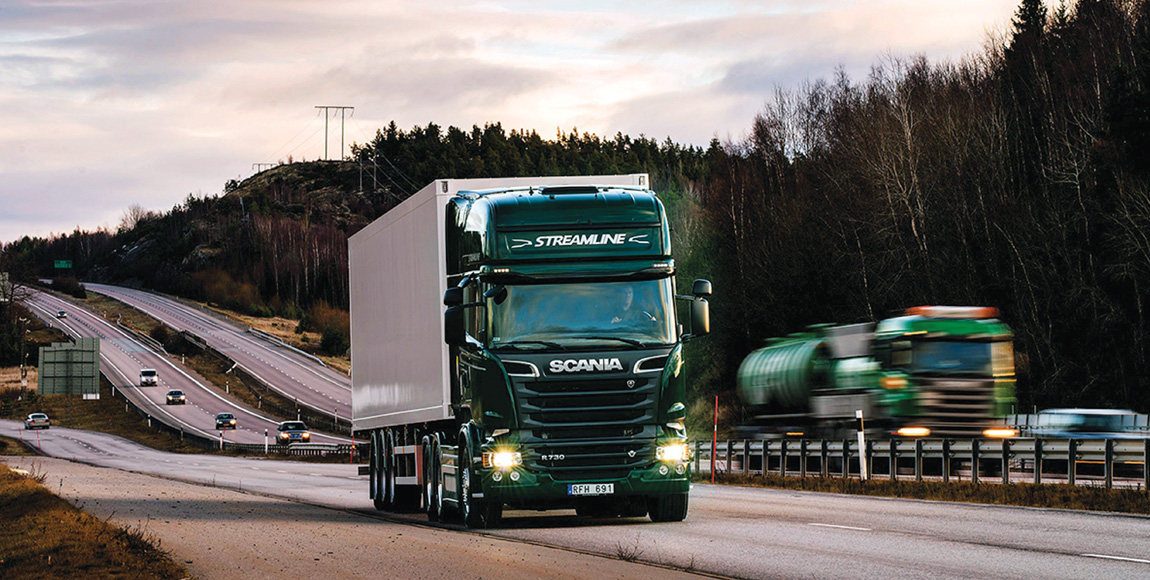Optimising Productivity is key

Selecting a truck or bus for a transport application without first examining all aspects that contribute to high vehicle productivity is a common mistake made by operators
Following my previous report on the need to micromanage all vehicle operating and fixed costs in order to maximise profits in tough economic times, it is also necessary to optimise vehicle productivity.
In real terms, vehicle productivity is the ability of a suitable means of transport to continuously move goods or people within established time schedules, and at an acceptable cost. The vehicle should simultaneously provide high levels of availability and reliability over its expected lifetime.
Selecting a truck or bus without first examining the facts that lead to high vehicle productivity is often a common mistake made by transporters. Many operators base their selections only on vehicle performance; in other words on the ability to transport the most favourable number of goods or people, at the highest possible speed, and at the lowest possible cost.
Failure to consider all the elements that contribute towards vehicle productivity often leads to an improper choice. For instance, if a vehicle proves unreliable and spends a lot of time in a workshop, no income can be generated because it is not doing its job.
To achieve optimum vehicle productivity, many factors have to be considered:
• Incorrect vehicle selection could adversely affect payload and trip times. Before deciding on which make of new vehicle to buy, the purchaser should insist that the dealer supplies a simulated computer-generated road test that illustrates the performance of the vehicle.
• The buyer should also insist on a computer-generated mass-distribution drawing showing all axle loadings and compliance with the Road Traffic Act.
• Third, a computer-generated vehicle operating cost estimate that illustrates the operating costs of running the vehicle over its expected life time, should be provided.
• If vehicle parts and service back-up is not readily available, the vehicle will not always be available. The purchaser should carefully examine the dealer’s claim that the company can provide the full nationwide back-up that will be needed to keep the new vehicle continuously on the road.
• If drivers have not been adequately trained on the vehicles, or are negligent, accidents will occur resulting in high incidence of lost time and vehicle downtime. Vehicle owners should ensure that their drivers are carefully selected, well trained and motivated to drive the vehicle in a professional manner at all times.
• Truck and bus drivers play an important part in maintaining and lowering all variable vehicle operating cost factors and, therefore, need to be well trained and motivated. If preventative and regular vehicle maintenance and inspections are not carried out, unnecessary expensive roadside breakdowns will occur resulting in low vehicle productivity.
• Preventative maintenance is necessary if high vehicle productivity is to be achieved. Preventative maintenance consists of regular routine inspections and maintenance that keep the vehicle and ancillary equipment, including trailers, in proper working order to ensure continuous, trouble-free operation. It will also enable a technician or driver to detect any tell-tale signs of an impending failure, such as a fluid leak indicating the possibility of an expensive, imminent repair.
Time spent in carefully examining all the factors that contribute towards high vehicle productivity will be well rewarded.
Published by
Vic Oliver
focusmagsa




